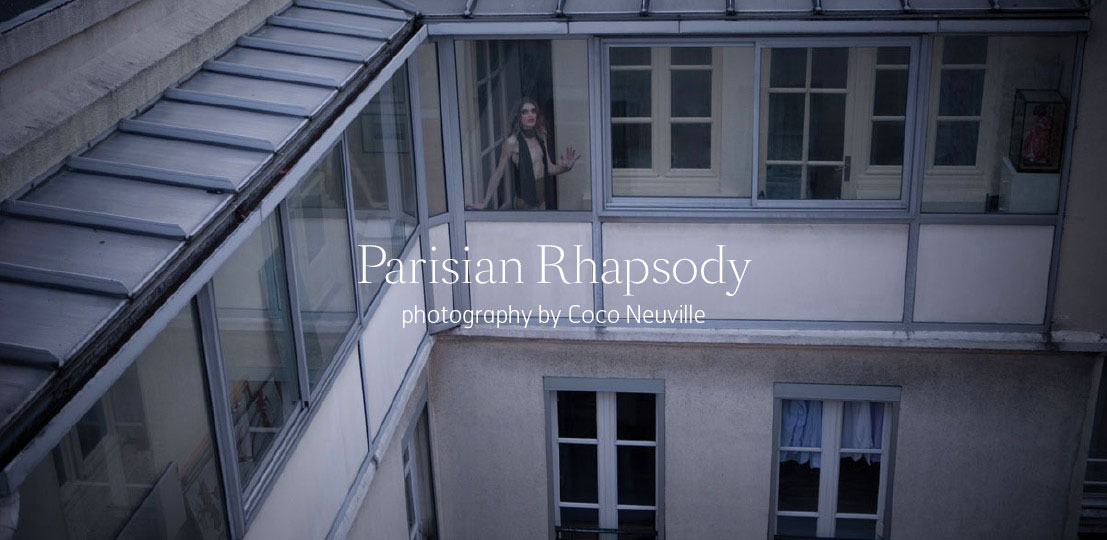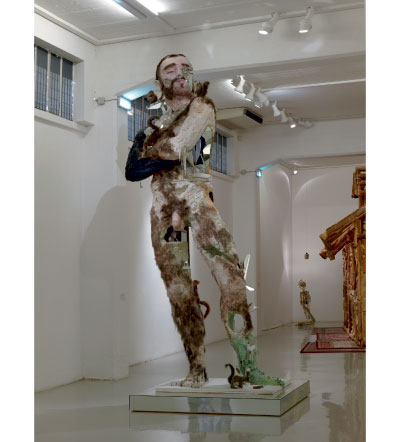
The Giant, David Altmejd. 2006. All images courtesy of The New Museum.

“Nature is being reconstituted,” writes Jeffrey Deitch, the newly appointed director of L.A.’s Museum of Contemporary Art, in the catalogue for the Skin Fruit show, which opened recently at the New Museum. In his essay, Deitch explores how far away from real nature we as human beings have moved, and the possible consequences of such detachment. According to him, the embrace of plasticity and biotechnological advances are threatening to create a breed of “superhumans”, whose concept of nature is defined by computer game renditions rather than actual experience. He views this development as having broad ramifications for art. As he notes, art in its early days was inspired by nature and, over many centuries, artists have looked to nature “for the revelation of basic truths”, redefining nature through their vision. But for today’s — and tomorrow’s — generation, he writes, “the traditional search for truth has perhaps become obsolete”.
Unfortunately, such thoughtfulness doesn’t accompany the actual show on view at the New Museum, despite proclaiming to be themed around the representation of the human body. When it was announced a few months ago, Skin Fruit was greeted with much fanfare. The agitation concerned the non-profit institution’s decision to mount a show of the Greek-Cypriot tycoon and art collector Dakis Joannou’s mighty collection of contemporary art, despite the fact that Joannou presides on its board of trustees. Adding salt to fire, the museum chose to hand over the curating baton to one Jeff Koons who just happens to be heavily represented in Joannou’s art stock.
(more…)

This Parisian act may only have one EP to their name, but when a link to their new video recently dropped into our inbox, we knew we had to share it. Making what they call “Polyphonic Pop”, this seven-piece’s bombastic baroque sound evokes the Arcade Fire, but with a happier, more playful tenor. And while this song alone is certainly worth a mention, what really struck us is the amazing new clip accompanying “70 Million”. Produced by L’Ogre Productions, the video seems to take off from that pioneering feat in music-filmmaking “Losing My Religion”, in which R.E.M. brought the work of Caravaggio to life. For “70 Million”, Hold Your Horses! add a bit of Monty-Pythonesque panache to acting out paintings, like da Vinci’s The Last Supper, Vermeer’s Girl with a Pearl Earring, Magritte’s The Son of Man, Munch’s The Scream, Chagall’s La Mariée, and basically every other work one would need to study for an introductory art history survey. So count us among the many excitedly awaiting what this band produces next. But for now, we just wanted to thank them for, well, reminding us all that learning can still be fun.
Buy this at iTunes.
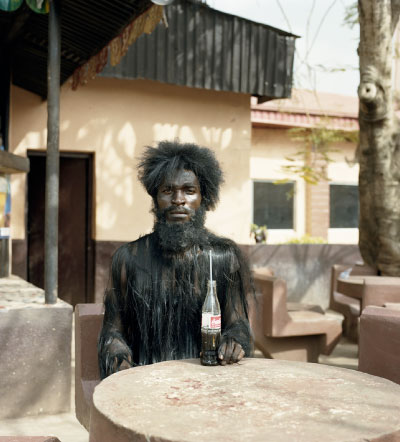
Pieter Hugo Emeka Uzzi, Enugu, Nigeria, 2009. All images from the series Nollywood. Digital C-Print © Pieter Hugo, Courtesy Yossi Milo Gallery, New York
 South African photographer Pieter Hugo is known for his arresting and unsettling portraits of African life. For his latest series, Nollywood, he interpolates the burgeoning industry of Nigerian cinema into everyday scenarios to construct fictional surreal situations.
South African photographer Pieter Hugo is known for his arresting and unsettling portraits of African life. For his latest series, Nollywood, he interpolates the burgeoning industry of Nigerian cinema into everyday scenarios to construct fictional surreal situations.
Nollywood is the world’s third largest film industry, turning out some 1,000-2,000 videos for the home video market every year. Produced on shoestring budgets with a great deal of improvisation, movies are often made in the span of a week under very harsh and uncertain conditions. Featuring local actors in “real life” locations, the movies reflect everyday life. According to Federica Angelucci, curator of the Michael Stevenson Gallery, tragic narratives address familiar themes — romance, comedy, witchcraft, bribery, and prostitution. “The aesthetic is loud, violent, excessive; nothing is said, everything is shouted.”
While working and traveling in West Africa, Hugo found it impossible not to watch these ubiquitous movies. At first mistaking them for soap operas, Hugo soon realized “that they were interesting in their own way, because they were in many respects among the first examples of contemporary, mass-media self-representation in Africa. These are movies made by Africans for Africans, with their own stories…”
(more…)
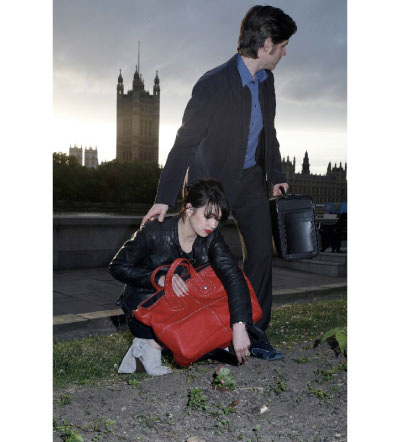

While the term “guerilla gardening” isn’t widely known, anyone off the street can likely recognize the name Johnny Appleseed. And the legendary Appleseed? Arguably America’s first guerilla gardener.
Guerilla gardeners are environmental activists who take neglected urban spaces — literally — into their own hands. Plots of dirt such as those surrounding trees on a sidewalk or at a highway median are dug up, seeded, and watered so that beautiful (and carbon-consuming) trees, plants, and flowers emerge in what was formerly an eyesore of urban neglect. Today, there are guerilla gardening subcultures active in major metropolises throughout Europe, Asia, the Americas, and Australia.
Vanessa Harden, an artist and active participant in London’s guerilla gardening scene, currently has an exhibition on display until March 21 at Salon Contemporary. Titled The Subversive Gardener, the exhibit features gardening tools that masquerade as such day-to-day items as purses, briefcases, oxford shoes, and even cameras. Inspired almost equally by spy gadgetry and biological systems such as seed dispersal, the items include the Mk II Agent Deployed Field Auger — a briefcase that conceals tools that can quickly drill holes in the ground — and the 2-round Tactical Gravity Planter — a purse that can hold two peat-potted plants on a built-in conveyor belt that easily drops them into their new homes.
(more…)
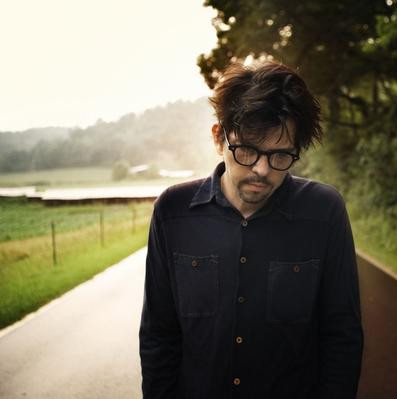
www.sparklehorse.com

The world lost a singular artist on March 6, as Mark Linkous passed away from a self-inflicted gunshot wound. He was 47 years old. The singer-songwriter had produced six albums with his band Sparklehorse, and over the past fifteen years played and worked with an amazing array of icons, such as Radiohead, Tom Waits, the Flaming Lips, Cracker, PJ Harvey, Vic Chesnutt, Daniel Johnston, Julian Casablancas, Frank Black, Iggy Pop, Nina Persson, the Brothers Quay, and Guy Maddin — and no doubt, Linkous stood deservedly tall among these fellow talents. More recently, he collaborated with David Lynch and Danger Mouse on the
Dark Night of the Soul project, which we profiled previously and will be released this summer.
(more…)
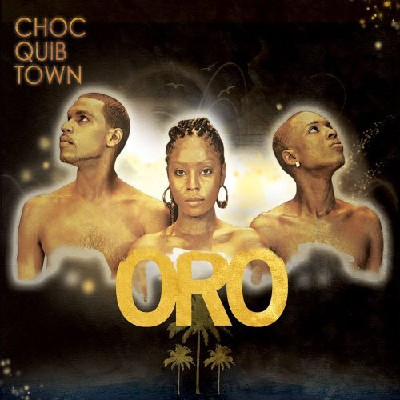
Nacional Records

Emcees Goyo, husband Tostao, and brother Slow claim Colombia’s oft-overlooked Pacific coast as home and their positive energy easily translates to themes of greater unity on Oro, the trio’s U.S. debut. Synthesizing two releases, from 2007 and 2009, that are available only in their native nation, Oro incorporates many styles, demonstrating the dexterity of this trio — not to mention the excellent production from honorary Colombian Richard Blair (of Sidestepper) and Ivan Benevides. Just crank the dubby first single “De Donde Vengo Yo” and these well-seasoned emcees reveal a hidden Colombian rhythm. The dance-floor bangers of cumbia are traded in for the funky raga behind Goyo’s velvety smooth delivery on “Alguien Como Tu” and the spitfire rhymes of the piano-driven “Pescao Envenenao”. Choc Quib Town champions a localized sound layered with global influences, and Oro, like golden honey, hits a sweet spot.
After the jump, check out the video for “De Donde Vengo Yo”.
Buy this at iTunes.
(more…)

Published by Laurence King.

Here’s a book from last year that slipped under our radar: Extreme Architecture: Building for Challenging Environments, by Ruth Slavid. It’s a compilation of contemporary structures that were designed in response to extraordinary environmental conditions (heat, cold, water, altitude, and outer space) and less directly in response to aesthetics.
Some of the projects, such as a ski jump by Zaha Hadid and a spa by Mario Botta, are self-consciously avant-garde and others, such as snow sheds and desert schools, are fundamentally utilitarian. Yet all, as they turn to meet the challenges of the environment, unsettle expectations of what a building should look like. They don’t simply fall into fashion.
Rather than sit upright on the ground, as conventional buildings do, those in hot and windswept climates tend to burrow beneath it, and those in wet and high climates tend to leap away from it. The buildings are similarly polarized in appearance, evoking either prehistoric or futuristic styles. A hotel in Patagonia, finished in roughly hewn wood and sunk into the earth, resembles a neolithic ruin. A giant drum-shaped workstation in Antarctica, hovering on squat steel legs, looks like a science fiction stage set. Many of the structures have an animated quality, as if they’re creatures who’ve undergone evolutionary mutations and adaptations. A cultural center in British Columbia, Canada lies camouflaged within the scrubby landscape. A ski jump in the Alps lifts its head above adjacent peaks like a brontosaurus.
(more…)
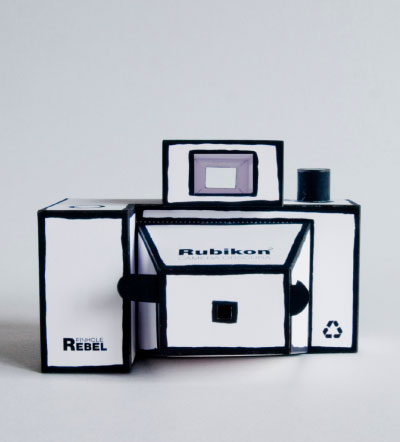

In the digital age, photographs are everywhere and all the world has a camera. At the same time, classical photography is being forgotten and, consequently, has become even more expensive as pixels replace actual film.
Here to remind us of photography’s most rudimentary origins is Czech designer Jaroslav Jurica and his “Rubikon Pinhole Rebel”. Published under a Creative Commons license in PDF format, anyone with access to the internet and a printer can print out and glue together the pieces to form a functioning pinhole camera.
A pinhole camera, whether made of paper or plastic, is essentially a hand-held camera obscura. Latin for “dark room”, the term camera obscura refers to the premodern discovery that when light was filtered into a dark room through a small aperture, images would be projected upside-down onto an opposing wall or screen. Aristotle, da Vinci, and Chinese and Arabic philosophers dating back to the tenth century B.C. understood and wrote about the phenomenon that laid the groundwork for modern image-making.
Thanks to the Rubikon Pinhole Rebel, three thousand years later the haunting, unexpected beauty of simple photography is made as easy for us to explore as it was for the ancients.
(more…)
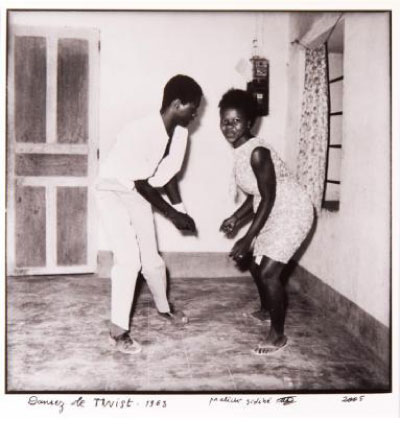
Dansez le Twist, Malick Sidibe. 1963.

As efficient and magical as digital photography has become, nothing can compare to the raw, visceral quality of a film print. Maybe it’s the surprise factor, the photographer’s inability to really know what they’ve got until it’s too late, but film assumes a significance and power digital SLRs still have trouble competing with.
Malick Sidibe’s new exhibit, “Other Africa”, is a small collection of black and white prints influenced by the people and street scene of Bamako in the 1960s and 70s. The images capture the infectious spirit, rhythm, and lightheartedness of post-colonial West Africa at a time when immense shifts of the paradigm and culture were taking place. Whether it’s a staged portrait or a spontaneous dance move, there’s a refreshingly honest, intimate quality to the gelatin prints.
Sidibe purchased his first camera in 1956 when he was about 20 years old. From night clubs to boxing matches to riverside picnics, he soon became the only photographer documenting the kinetic street culture and pulse of the neighborhood. Sidibe’s insider status permitted him access to an era bubbling over with impulsiveness and life. His studio became a popular hangout and he would regularly set up portraits with the youth that hung out there, reinventing his subjects using outrageous costumes and props. The results are spur-of-the-moment glimpses of West Africa in the crux of curiosity and optimism. The results are a revelation of Sidibe’s deep passion for people and his country.
(more…)





 Facebook
Facebook Permalink
Permalink Digg
Digg Reddit
Reddit LinkedIn
LinkedIn StumbleUpon
StumbleUpon Tumblr
Tumblr








